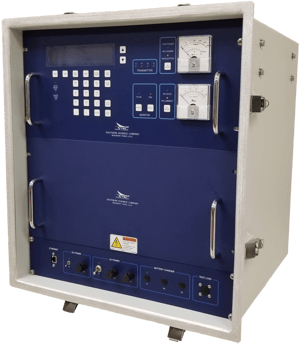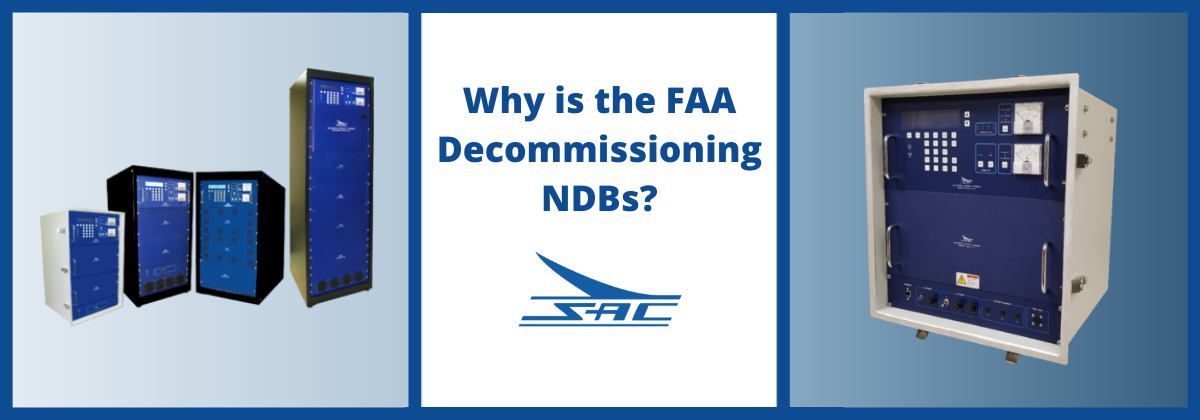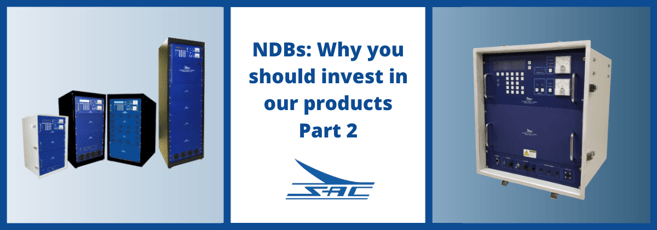The FAA is phasing out not only NDB and also DME, VOR, ILS, and all other ground-based navaids. The primary reason the FAA offers for the decommissioning of NDB is the supposed high maintenance and operating costs they incur.
The FAA created its own problem by requiring that the NDB have bi-annual inspections by the owner’s FAA-approved local maintenance technician in the presence of an official FAA inspector.
 Do NDBs cost a lot to maintain?
Do NDBs cost a lot to maintain?
The quarterly inspections are essentially ‘make work’ for the FAA Personnel and NDBs have virtually no moving parts and such high reliability that nothing goes wrong over time with the exception of a lightning strike.
Mean Time Before Failure is 28,153 hours.
Mean Time To Repair is 15 minutes.
Based on the FAA’s quarterly maintenance requirements, an FAA inspector must come from a State FAA office to meet with the operator’s hired maintenance technician usually at some remote Site. They make note of some readings in a log and come back next quarter.
The A/P who owns the NDB has to pay for these quarterly visits. Plus the FAA incurs its own cost of these inspections
The maintenance is arbitrary and decommissioning saves this unnecessary “cost”. This could easily be accomplished by moving to an annual or bi-annual event.
What happens when an NDB breaks down?
An NDB outage is usually noted by the local Fire Department because it is a continually manned location where the Monitor Alarm Receiver is usually installed. The sign goes off and they call the Technician.
These procedures would indicate that the NDB is extremely important to safety in the airspace as opposed to equipment that is no longer of use.
NDBs continue to be the most economical form of navigation aid. While every aircraft is being advanced with the latest technology, manufacturers are still including an Automatic Direction Finder.
As more costly navigational aids are being dismantled, the NDB still proves to be a cost-effective method of navigation whether as an Instrument Approach, Compass Locator, Marker beacon, or triangulation in enroute flight.
Many countries are seeing as they move to GPS technology they still need a reliable yet cost-effective standby navigation aid, and that aid is proving to be NDBs.
What is the alternative to NDBs?
In the US, the FAA has determined that GPS will be used as virtually a sole source for all aircraft navigation. Many ground-based navigational aids will be de-commissioned by 2030. This includes ILS, VOR, DME, and NDB. The FAA is currently trying to decide how many NAVAIDS will be removed from service. The quantities and mix are changing significantly each time a Federal Navigation plan is published.
Whatever the final combination, there will be by design, a vastly reduced operational network for backup navigation should the GPS constellation become compromised. There will hundreds, if not thousands of aircraft in the air with no means to navigate or to find an airport.
This means there will be only a minimal operational network for backup navigation will be available should the GPS signal ever be interrupted.
NDBs are the ideal backup instrument approach for GPS that developing world customers own and control.
Customers worldwide are constantly relying on SAC NDBs as the most reliable, virtually maintenance-free, and cost-effective instrument approach.
Our thought is that there is no fail-safe system and that they are not thinking clearly when they put near-total reliance upon one system.
Where and how do the planes land if a terrorist or enemy nation destroys our GPS satellites?
We see many countries installing NDBs and other navaids because they do not want to rely upon a satellite system totally, as the system owner can easily deny that service to any area at any time. These customers are using ground-based navaids to maintain full control of their air navigation systems.
We believe it depends upon whom one talks to about the wisdom of phasing out or minimizing the use of NDBs.




 Do NDBs cost a lot to maintain?
Do NDBs cost a lot to maintain?
Leave a Comment